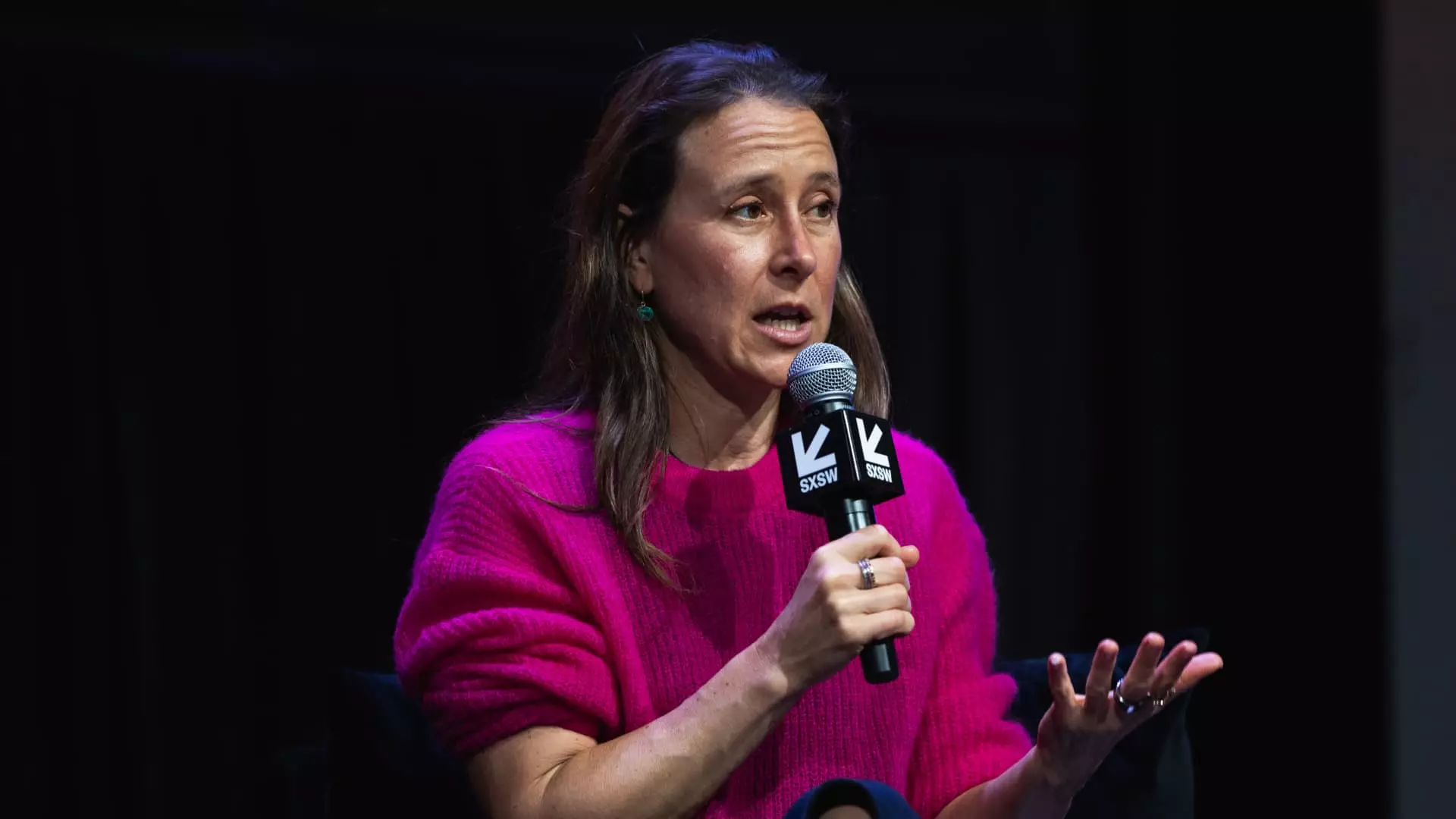In the high-stakes world of biotechnology, few narratives are as poignant as that of 23andMe, a company that once basked in the glow of a $6 billion valuation. Its recent Chapter 11 bankruptcy filing signifies a crushing defeat for what was heralded as a revolutionary force in personal genetics. CEO Anne Wojcicki’s abrupt resignation—not as a public funeral but an attempt to start a new chapter—reflects the complexities and vulnerabilities of a brand that promised more than it could ultimately deliver.
One cannot help but recall the initial thrills and excitement surrounding 23andMe’s at-home DNA testing kits, which unleashed a Pandora’s box of fascinating insights into ancestry and health. The allure of owning one’s genetic destiny resonated deeply with the modern consumer, epitomizing the intersection of technology and personal involvement. Yet, despite achieving status as a ‘Disruptor 50’ company multiple times, its sustained multi-billion-dollar valuation feels like a relic of the past, dwarfed by its current market capitalization of just $25 million.
Leadership Crisis and Accountability
Wojcicki’s public admission of accountability is a rare sight, especially in an industry where leaders often deflect blame. Her candid acknowledgment of the hurdles faced by 23andMe sparks intrigue, inviting discussions on leadership integrity. However, it’s a mere first step in a long journey toward recovery. While claiming unwavering belief in the company’s future, one must ponder whether her steadfastness is rooted in genuine optimism or a desperate bid for redemption.
The appointment of Joseph Selsavage as interim CEO serves more as a signal of instability than of reassurance. The company seems to be caught in a perplexing web, where efforts to reclaim its past state clash with its present realities. Perhaps more troubling is the revelation that multiple attempts to take the company private had been rebuffed, opening discussions on whether Wojcicki’s vision was out of touch with market expectations. When innovation runs amok without prudent oversight, the consequences can be dire.
Financial Disarray and Ethical Concerns
23andMe’s operational difficulties extend well beyond mere financial instability. Estimated liabilities ranging from $100 million to $500 million portray a downslide marked by mismanaged expectations and broken promises. The fervor with which the company advertised itself as a leader in genetics starkly contrasts its failure to generate sustainable revenue streams. Its initial model hinged on continuous consumer engagement, but the stark reality now is an alarming depletion of sustained interest and investment.
Adding another layer of complexity, 23andMe’s recent data breach exposed the personal information of nearly 7 million customers, raising crucial ethical questions about the safeguarding of sensitive genetic data. California Attorney General Rob Bonta’s public warning urging consumers to delete their genetic data echoes a larger issue of trust—one that is integral in the biotechnology sector. How can a consumer trust a company that seems unable to protect its most sensitive assets?
The reverberations of this breach extend beyond mere marketing setbacks; they strike at the core of what 23andMe was supposed to represent—empowerment through knowledge. Instead of being a catalyst for informed individual choices, 23andMe now serves as a cautionary tale about the perils of technology overshadowing ethical responsibility.
Looking Ahead: The Future of 23andMe
As 23andMe sinks deeper into bankruptcy proceedings, the company’s plan to solicit qualified bids raises the question of its potential rebirth or demise. Wojcicki’s ambition to pursue a future as an independent bidder adds an element of drama; however, it may also indicate a stubbornness to relinquish control. The bankruptcy filing presents an opportunity, albeit a diminutive one, to realign the company’s strategic focus.
Perhaps the most pressing question is whether the world truly requires a 23andMe 2.0. Can a company that has stumbled so publicly and dramatically be rescued in a manner that preserves consumer trust while reinvigorating its operational model? The path ahead will be fraught with challenges, and any resurrection will demand more than just new management; it will require a renewed commitment to ethical practices, transparency, and genuine consumer engagement.
In a landscape filled with innovation and promise, the rise and fall of 23andMe acts as both a beacon of hope and a stark reminder of the responsibilities that accompany groundbreaking innovation.

